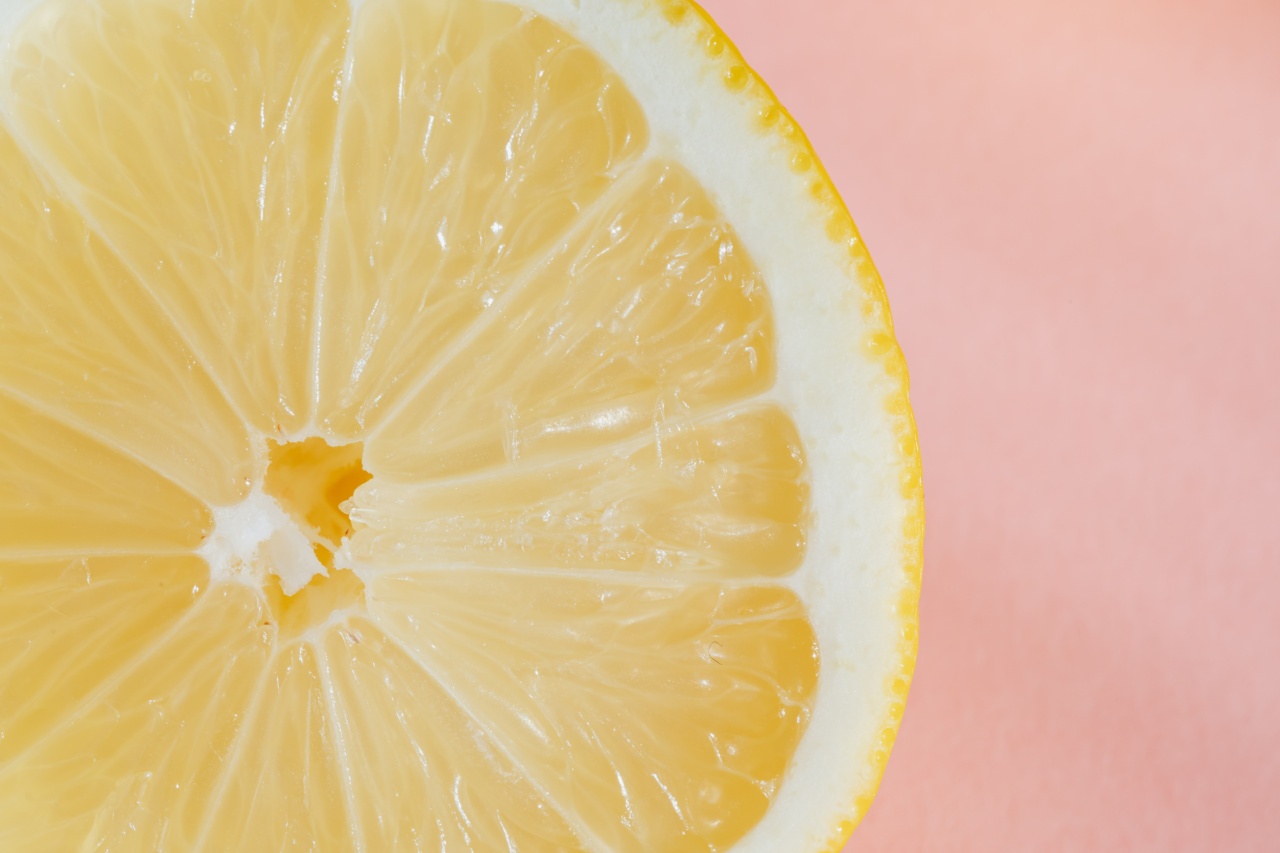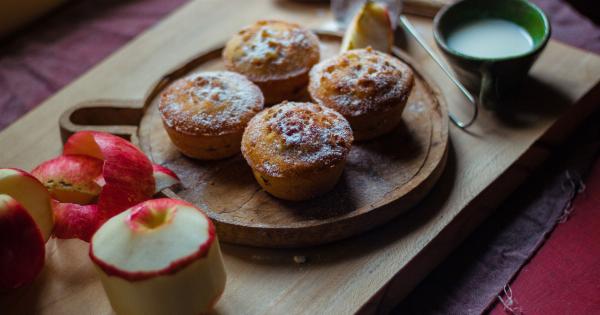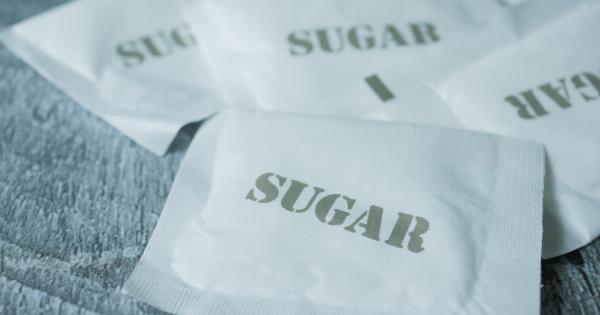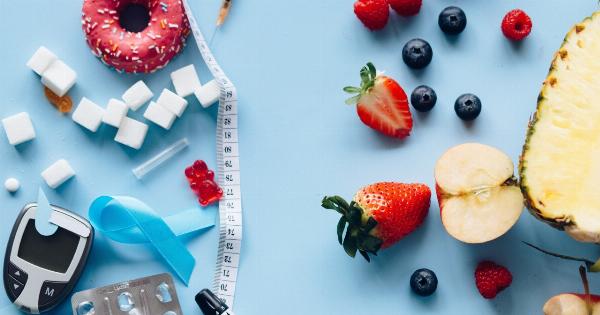The oligothermal diet is a healthy approach to eating that focuses on consuming foods that are rich in minerals and nutrients.
While this type of diet can be incredibly beneficial for your health, many people struggle with the lack of sweetness in their diet. Fortunately, there are several natural substitutes that can help you sweeten your oligothermal meals without compromising your health. In this article, we’ll explore some of the best natural sweeteners you can use on the oligothermal diet.
1. Raw Honey
Raw honey is one of the best natural sweeteners you can use on the oligothermal diet. Unlike refined sugars, raw honey is packed with vitamins, minerals, and antioxidants that can benefit your health.
Additionally, honey has a lower glycemic index than sugar, which means it won’t cause your blood sugar to spike as dramatically. When using raw honey as a sweetener, be sure to choose a high-quality product that hasn’t been overly processed.
2. Stevia
Stevia is a natural sweetener that comes from the leaves of the Stevia rebaudiana plant. It’s a great option for those who are watching their calorie intake, as it has zero calories and doesn’t raise blood sugar levels.
Stevia is incredibly sweet, so a little bit goes a long way. It’s also available in liquid form, making it easy to add to your food or drinks.
3. Coconut Sugar
Coconut sugar is another natural sweetener that’s gaining popularity among health-conscious consumers. It’s made from the sap of coconut palm trees and has a lower glycemic index than sugar.
Coconut sugar also contains minerals like iron, zinc, and potassium. Keep in mind that coconut sugar is still a type of sugar, so it should be used in moderation.
4. Maple Syrup
Maple syrup is a natural sweetener that’s been used for centuries. It’s made from the sap of maple trees and contains several minerals, including calcium, potassium, and manganese.
Maple syrup has a lower glycemic index than sugar, which means it won’t cause your blood sugar to spike. However, it’s still a type of sugar, so it should be used in moderation.
5. Dates
Dates are a sweet fruit that can be used as a natural sweetener. They’re packed with nutrients like fiber, potassium, and magnesium.
Dates can be blended into a paste and used as a sugar substitute in baking or added to smoothies for a natural sweetener. Keep in mind that dates are still a type of sugar and should be used in moderation.
6. Monk Fruit Extract
Monk fruit extract is a natural sweetener that’s derived from the monk fruit. It has zero calories and doesn’t raise blood sugar levels. Monk fruit extract is incredibly sweet, so a little bit goes a long way.
It’s also available in liquid form, making it easy to add to your food or drinks.
7. Applesauce
Unsweetened applesauce is a great natural sweetener that can be used in baking or cooking. It’s made from pureed apples and contains a small amount of natural sugar.
Applesauce can be used as a replacement for sugar in recipes, but keep in mind that it may affect the texture and flavor of your dish.
8. Molasses
Molasses is a natural sweetener that’s full of nutrients like iron, calcium, and potassium. It’s made from the juice of sugar cane or sugar beets.
Molasses has a strong flavor that can be overwhelming in large quantities, so it’s best used in moderation. It’s a great option for baked goods like gingerbread or molasses cookies.
9. Agave Nectar
Agave nectar is a natural sweetener that comes from the agave plant. It has a low glycemic index and is sweeter than sugar, so you can use less of it. However, agave nectar is still a type of sugar and should be used in moderation.
Choose a high-quality product that hasn’t been overly processed.
10. Cinnamon
Cinnamon is a natural spice that can be used to sweeten your food without adding sugar. It has a sweet flavor that can enhance the taste of your dishes.
Additionally, cinnamon has been linked to several health benefits, including improved blood sugar control and lower inflammation. Sprinkle cinnamon on your oatmeal, yogurt, or in your coffee for a natural sweetener.
Conclusion
The oligothermal diet is a healthy way to eat, but it can be challenging to satisfy your sweet tooth without using sugar. Fortunately, there are several natural sweeteners that can be used to sweeten your food without compromising your health.
Raw honey, stevia, coconut sugar, maple syrup, dates, monk fruit extract, applesauce, molasses, agave nectar, and cinnamon are all great options for sweetening your oligothermal diet.






























